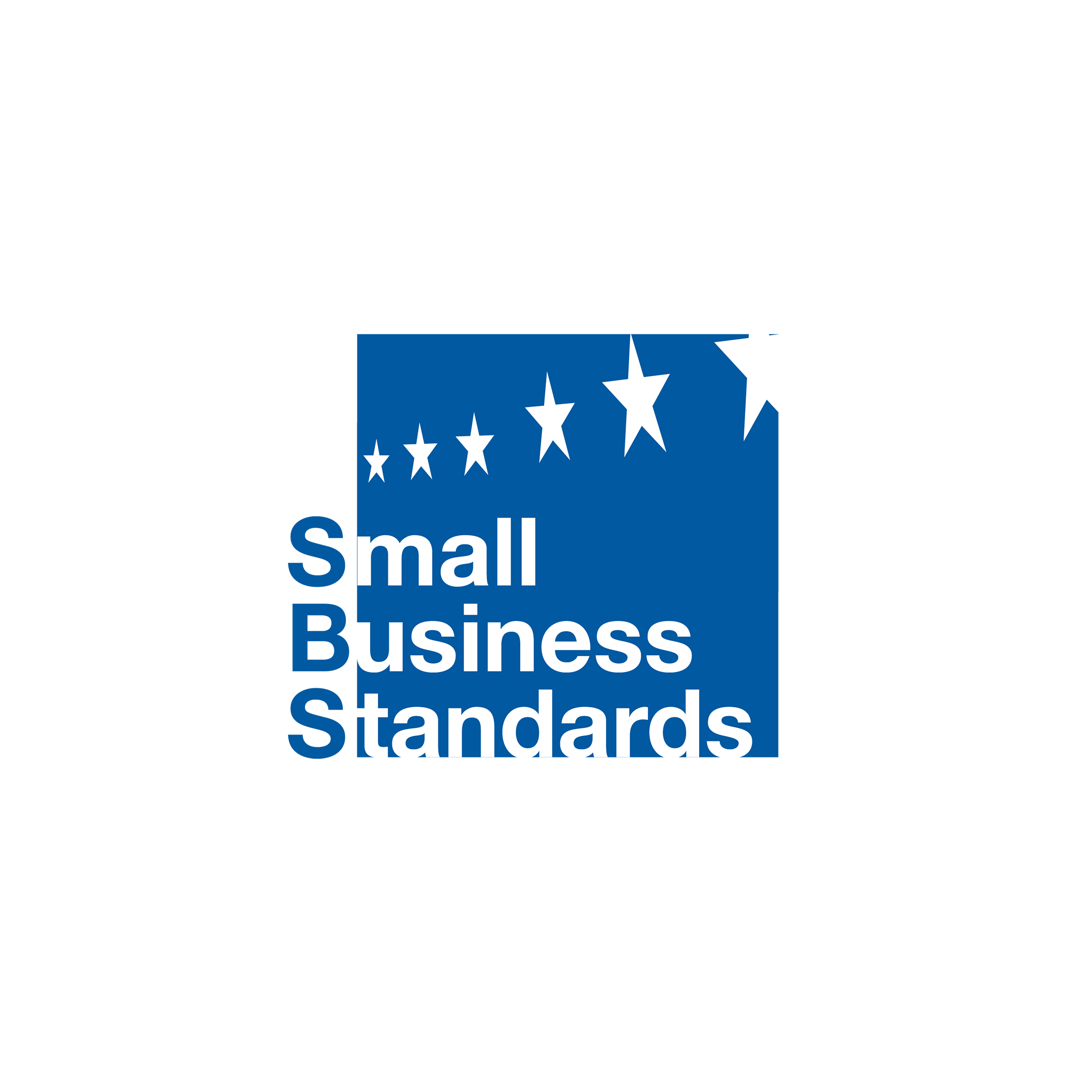AI Conformity tool
Assess your AI compliance
What is the Conformity Tool?
Our free AI Conformity Tool helps organisations quickly understand whether their AI systems or tools fall under the scope of Europe’s new regulatory framework and what the implications are. With a short interactive assessment, you’ll clarify whether your system might be classified as low-risk, limited-risk, high-risk or prohibited under the EU AI Act, based on your use-case, data flows, and deployment model.
If you’re developing or deploying AI solutions (as a start-up, scale-up, enterprise, public organisation or research entity), this check flags potential compliance requirements early, enabling better planning, resource allocation and trust.
This tool was created in collaboration with European Digital SMEs Alliance, Small Business Standards and Innovation Agency Lithuania.
Why take the assessment?
Immediate clarity on risk exposure: Get a clear indication of whether your system may be considered high-risk or subject to other obligations under the Act, based on your description of its functionality and intended use.
Practical next-step orientation: You receive guidance on which rules or obligations might apply to you (e.g. documentation, transparency, third-party review) and where to focus attention first.
Save time and apply early: The landscape is evolving quickly. Early insight enables you to integrate compliance early in your development cycle, de-risk planning and reduce rework.
Confidence and transparency: Having clarity around classification helps you communicate internally (product teams, leadership) and externally (partners, clients, regulators) with confidence.
Why the EU AI Act matters now
The EU Artificial Intelligence Act is global first: a comprehensive law setting harmonised rules for building, deploying and scaling AI solutions in the European internal market.
The regulation uses a risk-based approach: all AI systems in scope are classified into four categories: unacceptable risk (prohibited), high-risk (strict requirements), limited-risk (transparency obligations), and minimal/low-risk systems.
Organisations that create or operate higher-risk systems must comply with specific obligations (data governance, testing, documentation, reporting, etc.) before placing systems on the market or putting them into service.
Non-compliance carries serious consequences. That makes early awareness and accurate classification crucial.
How it works
- Take the quick online assessment about your AI system.
- Get a risk classification output that maps your system to the applicable risk category under the EU AI Act.
- Receive initial guidance on the next compliance steps and relevant obligations or documentation you might need.
Ready to check your conformity?
Start the AI Act Conformity Check now and see where your system stands.
Copyright © 2025 EIT AI Community





